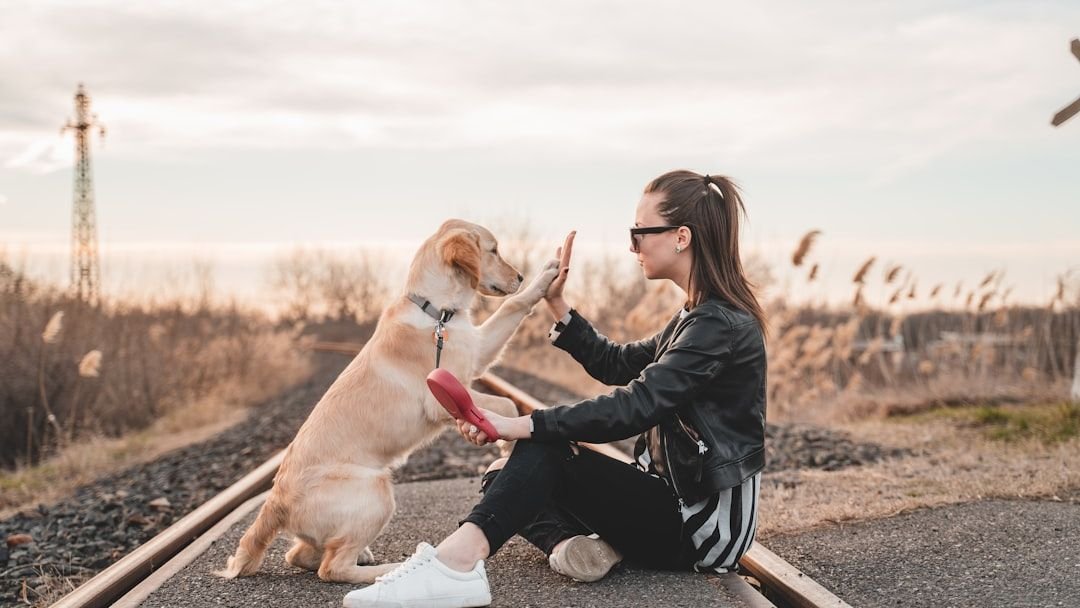Your dog hides when you reach for their collar. They cower when unexpected visitors arrive. Every approaching stranger triggers a retreat to the far corner of the room. Sound familiar? If you’re witnessing these behaviors, you’re seeing trust issues in action, and honestly, they’re heartbreaking to watch.
Trust issues in dogs aren’t just about bad behavior or stubbornness. They run deeper than that, rooted in fear, confusion, and sometimes genuine trauma. Think of trust as the invisible thread connecting you and your furry companion. When that thread frays or breaks, everything else unravels too. Yet here’s the encouraging news: dogs have incredible capacity for healing when we understand what went wrong and how to make it right.
The Root Causes Behind a Dog’s Broken Trust
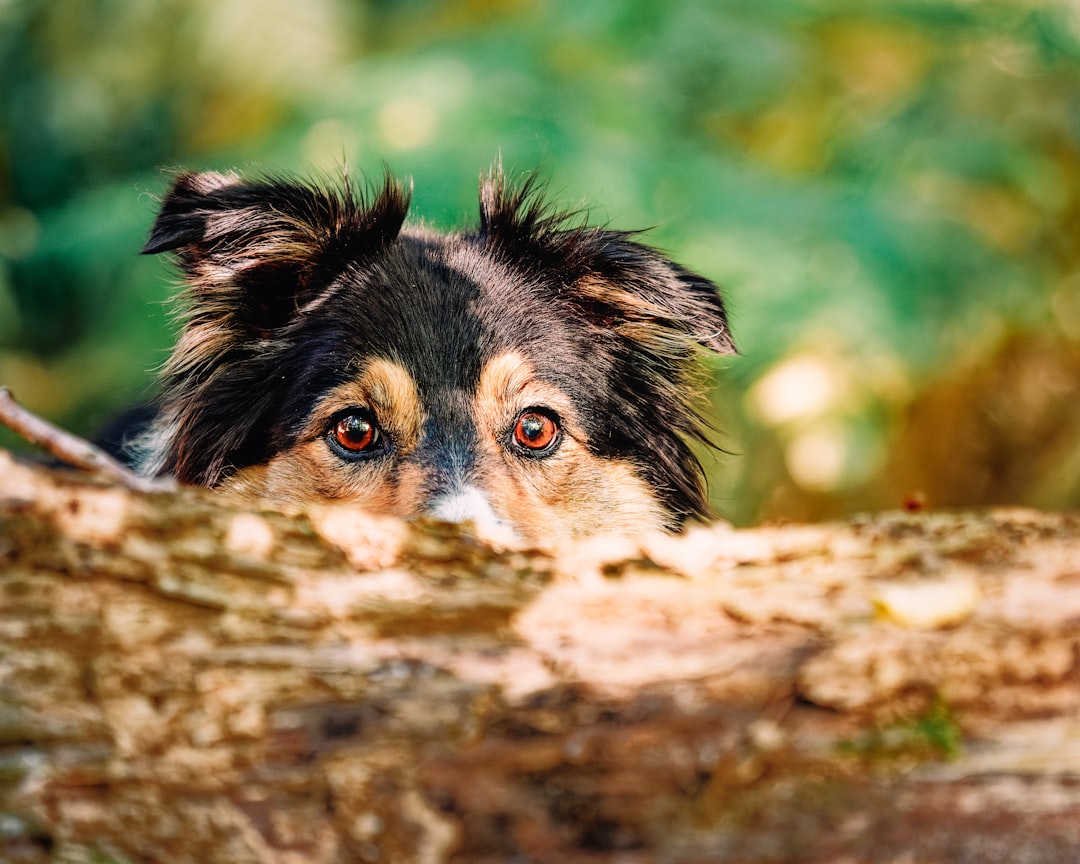
Fear or anxiety-related aggression is perhaps the most common form of aggression in dogs. Fearful dogs often initially exhibit defensive postures, such as barking while backing away or crouching. However, trust issues go far beyond visible aggression.
Among the reasons for the lack of trust, on the human side, include the absence of clearly defined rules or their random changes almost daily. Using a collection of almost podcast-length sentences instead of command words and various other factors can contribute to this as well. Dogs thrive on predictability, and when their world feels chaotic, they stop trusting their humans to keep them safe.
Past trauma plays a massive role too. I had seen many clients experience traumas from unfortunate harsh training, accidents during grooming, and also veterinary experiences that were unusual scary or painful for the dog and caused trauma. The instinct of people is often to become firm with the dog, demanding obedience and cooperation. Dogs only behave this way after trauma because of fear for their safety.
The dog may have received inadequate socialization as a puppy, may have been exposed to early traumatic experiences, may have experienced punishment (such as having his leash tugged while wearing a choke or prong collar), or may have a genetic predisposition that makes him more likely to respond fearfully in certain situations.
Early Warning Signs Your Dog is Losing Faith

If this is absent, and the dog approaches cautiously, tucking its tail between its hind legs, or, in a better scenario, cautiously and very slowly wagging its tail, it is a clear sign that the owner’s presence triggers tension, a kind of alertness in the dog. These subtle changes often go unnoticed until they escalate.
Watch for the whale eye phenomenon. When a dog is feeling tense, his eyes may appear rounder than normal, or they may show a lot of white around the outside (sometimes known as a “whale eye.”) Dilated pupils can also be a sign of fear or arousal – these can make the eyes look “glassy.” These signs indicate that a dog is feeling threatened, stressed or frightened.
Yawning, lip licking, avoiding eye contact, and frozen posture are early cues to respect your dog’s comfort zone before aggression escalates. Punishing warning signals like growling for resources teaches dogs to skip cues and bite without warning. Think of these behaviors as your dog’s way of saying “I need space” before the situation becomes overwhelming.
You may notice how your new dog is very tentative when taking food from your hands. Maybe he startles as soon as you move. Or perhaps he’s nervous when you get up and walk around or climb or descend stairs.
Body Language Clues That Scream Discomfort
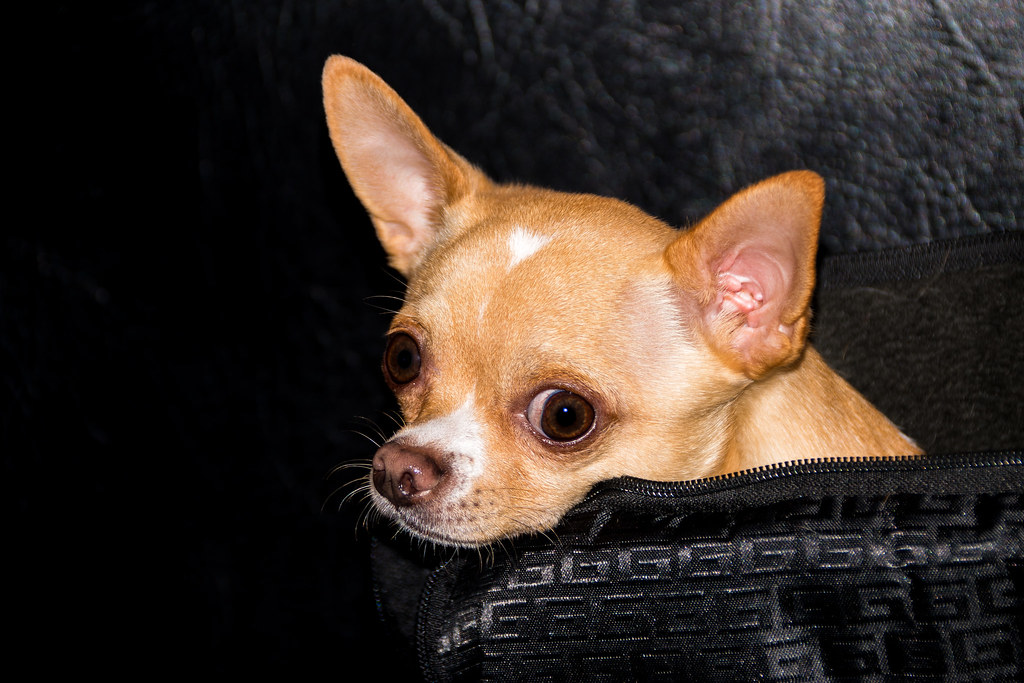
These cues include a lowered or tucked tail, ears pulled back, wide eyes with large pupils (“whale eye”), wrinkled brow, tense face or body, crouched positioning or making themselves small. Understanding these signals helps prevent escalation before it happens.
A fearful dog may lean away, lean back, tremble, crouch, lower his body or head, or roll onto his side or back. Often, his eyes will often be fully open with large pupils, his forehead will be wrinkled, and his tail will be lowered or tucked. An extremely fearful dog may freeze completely or frantically try to escape, and he may urinate or defecate when approached.
A dog who’s unsure about the person at the other end of the leash might have a stiff posture and gait, and duck away if the person reaches for them. Compare this to a confident dog who moves with fluid, relaxed movements.
Remember that context matters enormously. When a dog is anxious, she will often quickly stick out her tongue and lick her lips. It’s usually just a fast, little flick. Watch your dog; this is one of the most common signals.
The Healing Power of Consistency and Safety
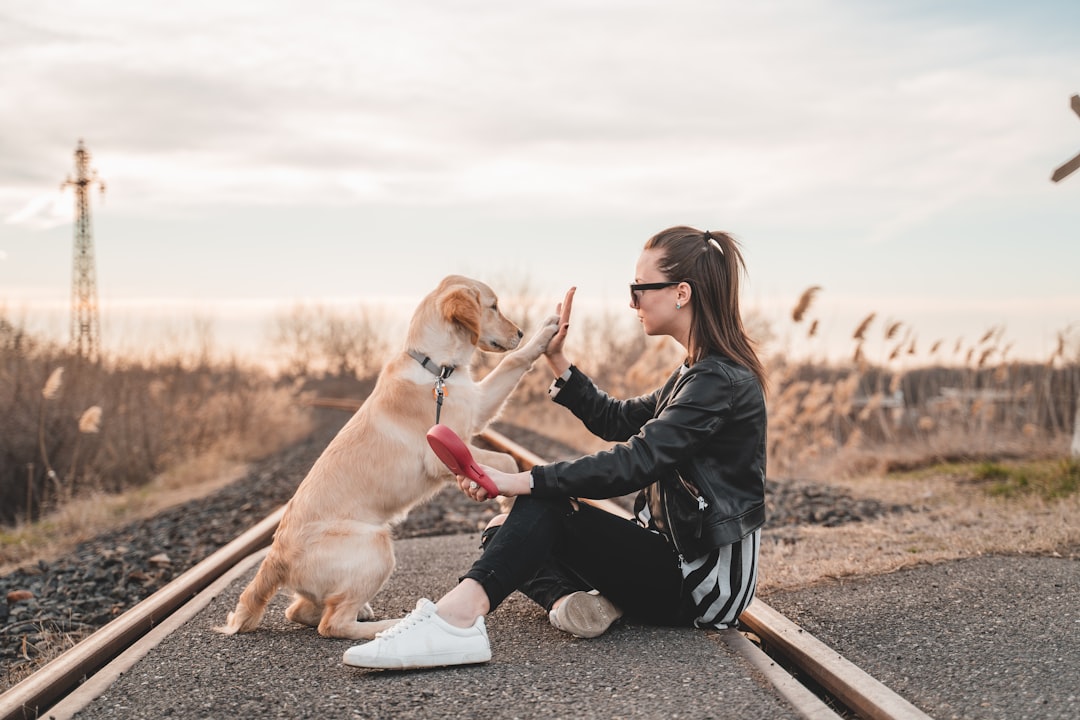
Well, for starters, you ensure the dog that you are not a threat. You do this by avoiding engaging in behaviors your dog finds intimidating. If your new dog is scared when you walk noisily with your high heels on a tile floor, try taking off your shoes. Small adjustments like this send powerful messages about your intentions.
And they appreciate precisely established rule systems where everyone knows what is allowed and how far they can go. In such circumstances, they feel comfortable and secure. Consistency becomes your superpower in rebuilding trust.
Instead, take advantage of using the dog’s food to instill trust. Let the dog know that food comes from you and use it in your daily interactions to reward all the behaviors you like. Just think that a bowl of food often contains about 20-50 pieces of kibble depending on your dog’s size. Those are about 20 to 50 opportunities to instill trust each day in your daily interactions with him at home.
Skip training at this stage, just classically condition your dog that great things happen when he’s near you. Aim for a lovely conditioned emotional response. You want to toss the treats behind the dog rather than near you at first in a treat-retreat fashion.
Building Emotional Bridges Through Positive Connections

We control nearly every aspect of our dogs’ lives, from what they eat to when they eliminate, so giving your dog autonomy is a way to prove that trust is a two-way street. For example, let them choose which path you’re going to walk or how long they sniff the trash can in the park. Giving your dog the chance to have a voice in your day-to-day life is an easy way to deepen the connection to your furry best friend.
Firstly, proximity and touch from pets increase oxytocin – the neurotransmitter critical for social bonding and trust. PTSD is marked by plummeting oxytocin levels, leading to emotional isolation. The same bonding hormone works in reverse when we help our dogs feel secure.
This method is not only humane but also builds a stronger, more trusting relationship between the dog and the owner. When used consistently, positive reinforcement encourages dogs to repeat those behaviours that earn them rewards.
For example, research shows that spending time with animals can increase oxytocin, the hormone responsible for bonding and reducing stress. With a therapy dog by their side, individuals may find solace and support, making it easier to establish new relationships with both their canine companions and other people.
Professional Help: When Love Isn’t Enough
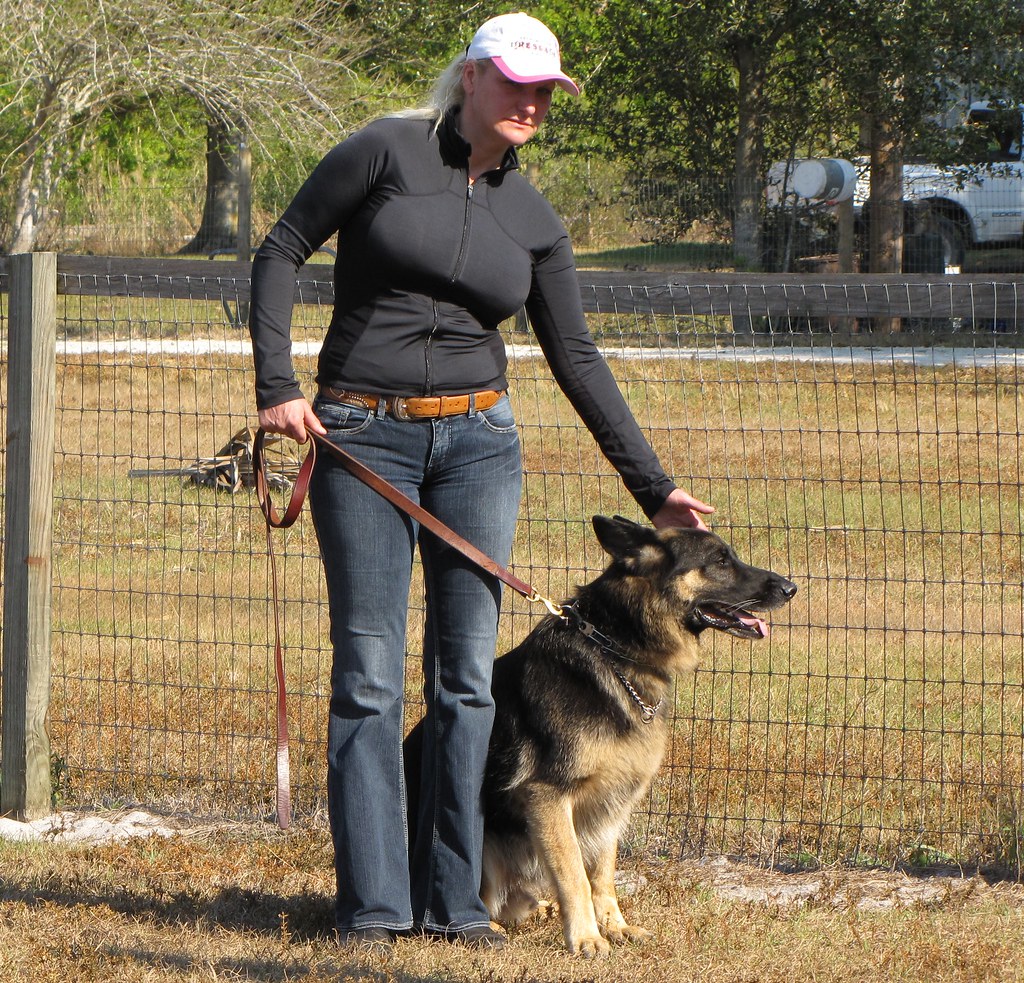
Pet parents should seek professional assistance, such as from a veterinary behaviorist, certified applied animal behaviorist, or certified trainer, as soon as their dog exhibits signs of fearful and/or aggressive behavior. These professionals will recommend how to manage the dog around his trigger. They’ll also recommend training and behavior modification exercises to help reduce the dog’s fear and increase his confidence and tolerance. The veterinary behaviorist can determine a diagnosis, give a prognosis, and discuss if behavioral medications are an option for your pet.
Sometimes medical issues contribute to behavioral changes. Aggression may be caused by pain, by infectious diseases such as rabies, or by non-infectious diseases such as those affecting the nervous system, so it is important for your veterinarian to examine your dog carefully. If no physical disease is present, then a veterinary behaviorist should assess your dog for underlying behavioral illnesses that could trigger aggression. The sooner you seek treatment, the better the chance for improvement.
Behaviour modification techniques such as counter-conditioning and desensitisation are critical in managing fear aggression. These methods work by gradually and safely exposing the fearful dog to the fear source in a controlled manner, aiming to replace their fear response with a more desirable behaviour. Over time, this can significantly reduce, and often eliminate, the aggressive reactions by teaching the dog to associate previously fear-inducing situations with positive outcomes.
Prevention Strategies for Puppy Trust Building

This exposure during the critical developmental period, typically between 3 to 12-14 weeks of age, can significantly reduce the likelihood of fear aggression developing later on. It helps puppies learn to cope with new experiences in a positive way, laying the groundwork for a well-adjusted adult dog. Early socialization becomes your insurance policy against future trust issues.
Avoid punishment-based training methods at all costs. You cannot correct fear or aggression with punitive measures, such as scolding or applying physical correction through a choke, pinch, or shock collar. The use of punitive techniques can inhibit the dog’s behavior in your presence and even teach him to not exhibit warning signals – where the dog then bites without warning in the future. Using punitive techniques can increase fear and anxiety. Punitive techniques and tools have also been associated with an increased risk of aggressive behavior directed toward you and other family members.
The kinder, gentler way to work with your dog is with positive-reinforcement training methods. Dogs trained using positive reinforcement have been found to be more optimistic and resilient. The use of positive-reinforcement training can help build the dog’s confidence and strengthen the human-animal bond.
Create structured positive experiences during the puppy stage. Controlled exposure to different people, sounds, textures, and environments while maintaining positive associations helps build confidence rather than fear.
Long-Term Recovery: Patience and Realistic Expectations
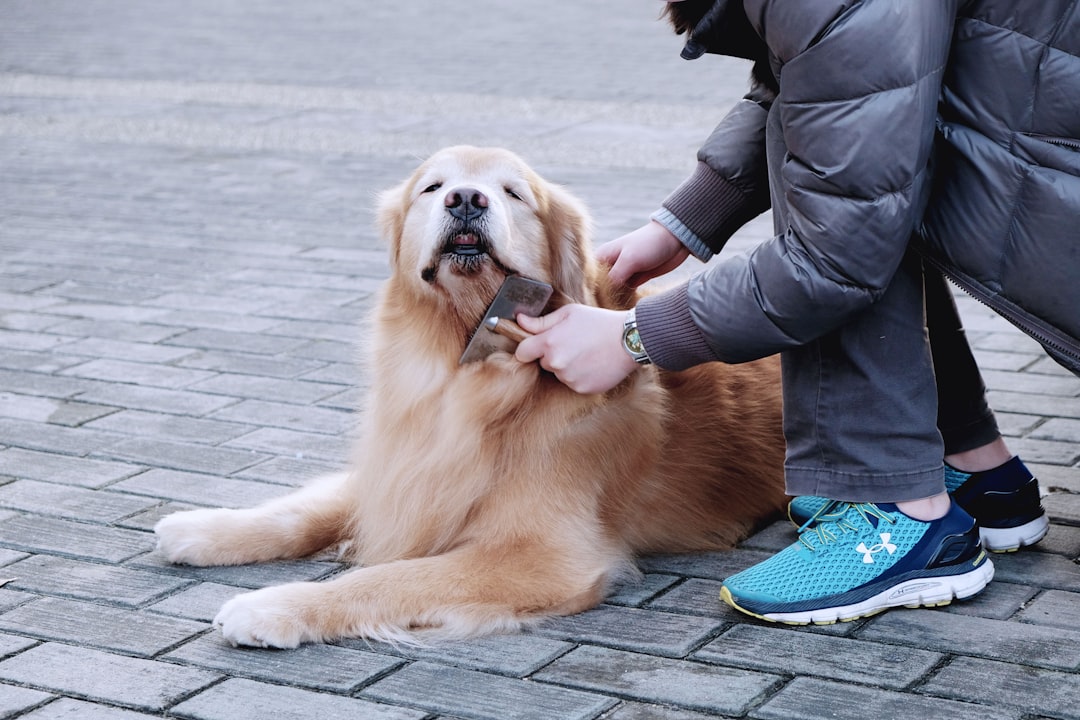
For Gilgamesh and me, that trust has not eroded despite everything and he is coming out of this stronger. If your dog is fearful and acting like something is wrong…believe them. Talk with your veterinary staff to see what workable solutions there are to help your dog feel more comfortable and to be a cooperative partner during care. Recovery isn’t linear, and setbacks don’t mean failure.
Yes, there is treatment for aggression in dogs, but the potential for aggressive behavior may not be fully eliminated or “cured”. Aggressive behavior can often be reduced in frequency or intensity, but long-term management is typically needed to assure safety. This reality check helps set appropriate expectations.
While the many, varied, and often difficult psychological effects of exposure to traumatic events can be debilitating, by putting in conscious efforts to both prevent and work through them, many people are able to find a sense of peace and joy once more. The same holds true for our canine companions.
Healing can take some time, but that doesn’t mean your dog can never truly live a life where he can feel safe and ready to trust again. Your patience and consistent effort create the foundation for this transformation.
Trust issues in dogs are complex, layered problems that develop over time and require equally thoughtful solutions. The journey back to confidence isn’t about quick fixes or magic techniques. It’s about understanding your dog’s individual story, respecting their emotional boundaries, and consistently proving that you’re worthy of their trust.
Remember that every small victory matters. The day your dog takes a treat from your hand without flinching, the moment they approach a stranger without hiding, the first time they sleep peacefully without constant vigilance – these are the milestones that mark real progress. Your dog’s capacity for healing and forming new positive associations is remarkable when given the right environment and support.
What do you think about your own dog’s trust journey? Have you noticed any of these subtle signs we’ve discussed? Tell us in the comments.

Gargi from India has a Masters in History, and a Bachelor of Education. An animal lover, she is keen on crafting stories and creating content while pursuing a career in education.

